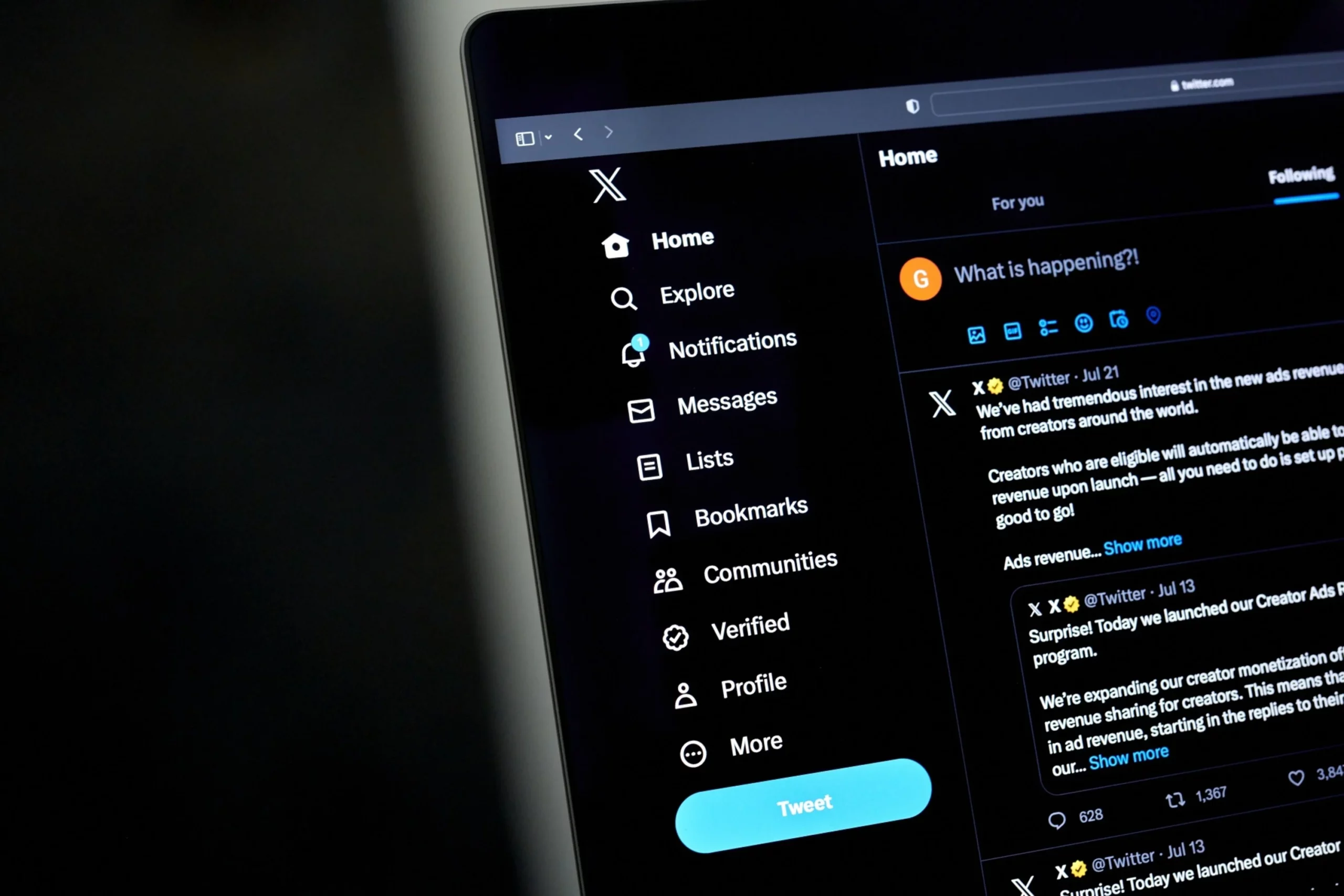
Elon Musk’s X, formerly known as Twitter, has introduced a new pay-per-use API model in an attempt to rebuild its once-thriving developer ecosystem. The platform, which previously charged flat monthly subscription fees as high as $42,000, now allows developers to pay based on actual API usage. However, early comparisons show that the new pricing structure could end up costing even more than before.
On Monday, X’s official Developers account announced the beta launch of the pay-per-use API, describing it as an expansion of its “closed beta to both new and power users who want to ship amazing apps on X.” The company said its “top focus is to enable builders by opening up [its] developer platform.”
This announcement marks a shift from Musk’s earlier pricing overhaul, which dismantled the ecosystem of third-party apps that once defined Twitter’s early growth. Before Musk’s acquisition, Twitter was known for its strong developer community — from social media management tools like Later to third-party clients such as TweetBot and Twitterific, as well as deep integrations with gaming platforms from Sony, Nintendo, and Microsoft.
That changed in 2023 when Musk introduced mandatory subscription tiers that replaced Twitter’s free API access. The base Enterprise plan cost $42,000 per month, while lower-priced tiers were later added at $200 and $5,000 per month. Yet, many developers found these options unaffordable or insufficient. The $200 tier, for instance, allowed only limited functionality suitable for hobby projects rather than scalable apps. Even the $5,000 Pro tier proved restrictive for businesses operating on tight margins.
Developers Say the New Pay-Per-Use Model May Cost Even More
The pay-per-use beta is designed to give developers more flexibility, but calculations shared by users show the opposite effect for many use cases.
Under the old Basic API tier, developers paid $200 per month to read 15,000 posts and publish 50,000 posts. With the new model, X now charges $0.005 for each post read and $0.01 for each post published. Using those same limits, a developer would now pay approximately $575 per month — nearly triple the previous cost.
The pricing gap widens further at higher usage levels. Under the Pro plan, developers previously paid $5,000 per month for access to 1,000,000 post reads and 300,000 post publications. Matching that activity through the new pay-per-use model would cost around $8,000, or 60% more than before.
While these figures depend on an app’s activity levels, the higher potential costs have sparked backlash among developers. The plan’s name — “pay-per-use” — implies flexibility, yet for many, the math suggests they’ll pay more for the same API volume.
As Mashable reported in June, X’s earlier API pricing changes already drove away numerous customers, including prominent third-party app creators and enterprise users. The loss of integrations across social platforms and gaming consoles further eroded X’s position in the wider tech ecosystem. Developers who once relied on Twitter’s openness for real-time posting and analytics have either shut down operations or migrated to alternative platforms.
X has clarified that the new pay-per-use model only applies to self-serve customers and does not affect existing Enterprise plans. According to an X employee, enterprise customers will continue under their current agreements, starting at $42,000 per month. One Enterprise API client also noted publicly that the pay-per-use system is capped at limits equivalent to the previous Pro plan, and any app exceeding that threshold must upgrade to the Enterprise tier.
The introduction of the pay-per-use beta suggests that X is trying to bridge the gap between the $200 Basic and $5,000 Pro plans by offering mid-range scalability. For developers whose apps have sporadic or low API demands, the model may indeed be cheaper than a fixed subscription. However, for those maintaining consistent traffic or multiple integrations, the costs could exceed previous levels.
The beta also comes at a critical time for X’s developer relations. Since Musk’s acquisition, the platform has undergone major changes affecting automation, moderation, and third-party access. The closure of popular clients like TweetBot and Twitterific — both of which lost API access after Musk’s pricing changes — highlighted how central developers were to the platform’s usability and innovation.
Even integrations once standard across the industry have disappeared. Gaming consoles from Sony, Nintendo, and Microsoft, which previously allowed direct Twitter posting, have removed the feature, reportedly due to X’s API costs. Social media management platforms that aggregated posting across multiple networks also scaled back or removed X support altogether.
Developers Hope Beta Adjustments Could Improve Affordability
Despite these challenges, some developers see promise in the new system — particularly if X adjusts rates or introduces volume discounts during the beta period. The model’s flexibility could eventually help developers with unpredictable usage patterns. However, early comparisons suggest that while the pay-per-use system may sound more developer-friendly, its financial impact depends heavily on how much access an app requires.
As X tests this model, developers are watching closely to see whether the platform will refine its pricing before a full rollout. For now, the beta remains limited to a select group of users, and X has not yet disclosed when or whether it plans to open wider access.
Featured image credit: Gabby Jones/Bloomberg
For more stories like it, click the +Follow button at the top of this page to follow us.
